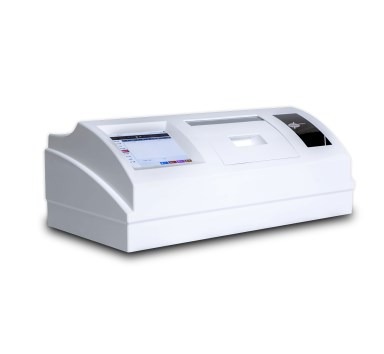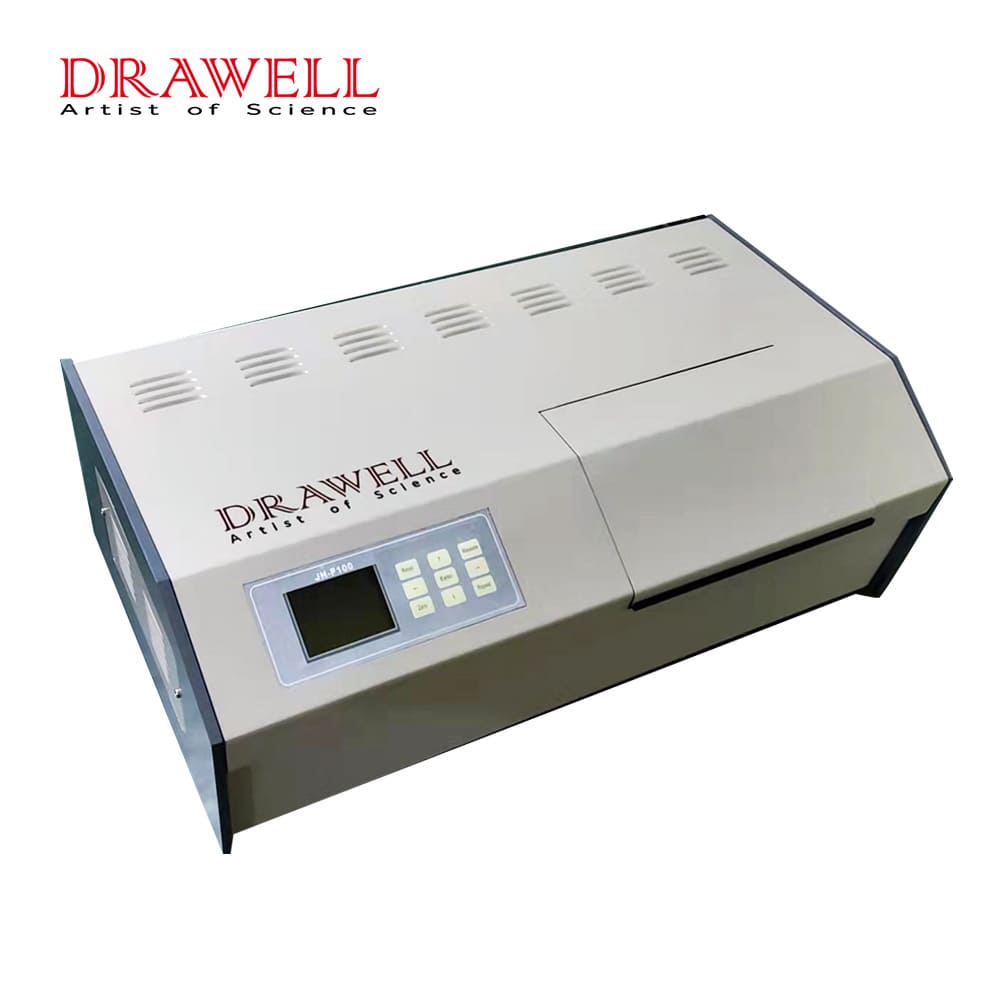Polarimeters are vital analytical tools used to measure the optical rotation of substances. The demand for greater accuracy and precision in optical measurements has driven advancements in polarimeter technology, leading to the development of enhanced optical precision in these instruments. This article explores the key factors that contribute to improved optical precision in polarimeters and their significance in modern applications.
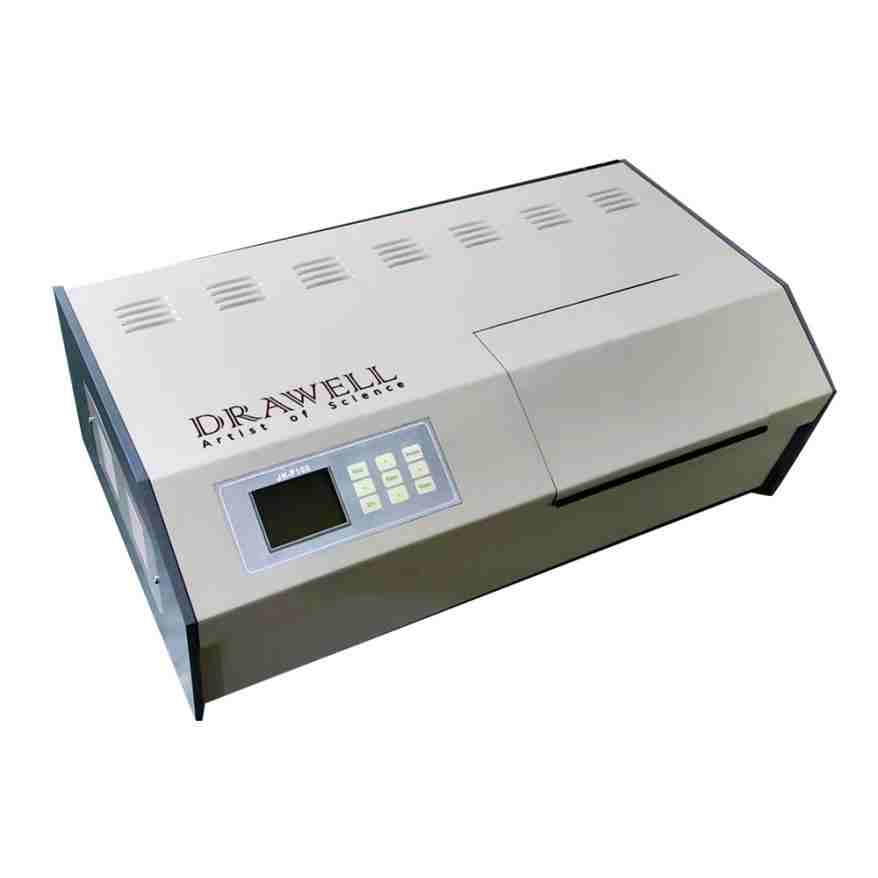
Importance of Precision in Polarimetric Measurements
This chart highlights the key areas where precision plays a crucial role in polarimetric measurements and their broader implications for industries and scientific research.
| Aspect | Description | Impact of Precision |
| Accurate Concentration Measurements | Precision ensures the correct determination of optical rotation, which is essential for concentration analysis. | Enhances the reliability of results in industries like pharmaceuticals and food, ensuring product quality and safety. |
| Purity Analysis | Polarimetric precision is critical in assessing the purity of substances based on optical rotation. | Guarantees the detection of impurities or deviations in pure substances, ensuring compliance with industry standards. |
| Consistency in Production | Precise measurements are key in maintaining uniform product composition across production batches. | Reduces variability, ensuring that every batch meets the same quality and performance criteria. |
| Chiral Compound Identification | Polarimeters are used to differentiate between enantiomers in chiral substances, which is vital in chemistry. | Precise measurements ensure the correct identification of chiral compounds, critical in pharmaceutical development. |
| Compliance with Standards | Many industries rely on polarimetric measurements to meet regulatory standards, such as those for optical purity. | Precision ensures compliance with legal and industry-specific standards, avoiding penalties or recalls. |
| Research and Development | In R&D, polarimetric measurements help in the development of new materials and compounds. | High precision supports the accuracy of experimental data, fostering innovation and scientific discoveries. |
| Temperature Sensitivity | Polarimetric readings are influenced by temperature; precision helps account for these variations. | Ensures accurate compensation for temperature changes, improving the reliability of measurements under varying conditions. |
| Real-time Process Monitoring | In industrial processes, polarimeters provide real-time feedback to monitor ongoing reactions or production. | Precision enhances the ability to make real-time adjustments, improving overall process efficiency and output quality. |
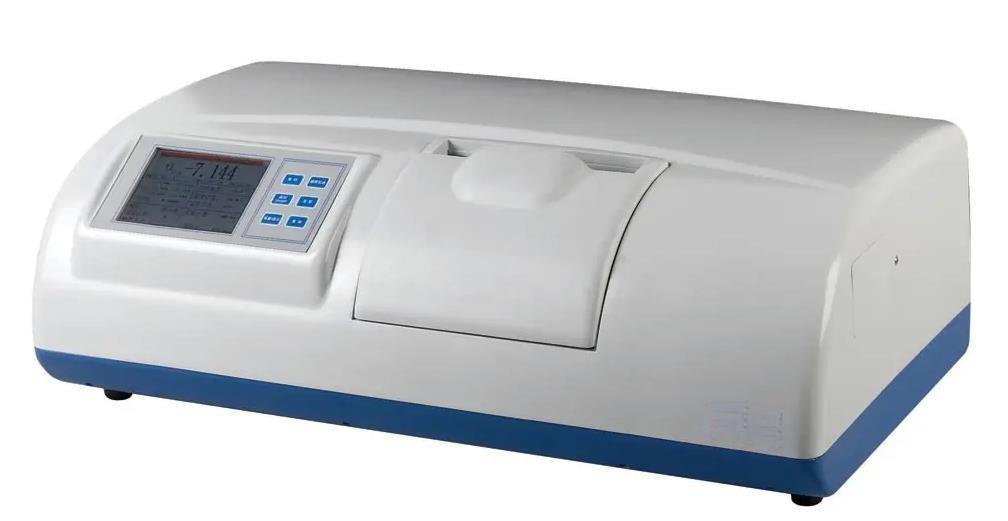
10 Factors to Enhance Optical Precision in Polarimeters
1. High-Performance Light Sources
- Stable Light Output: Advanced light sources like LEDs and lasers offer superior stability and coherence compared to traditional sodium lamps.
- Monochromatic and Consistent: These light sources provide consistent intensity over time, reducing fluctuations that can distort optical rotation readings.
- Energy Efficiency: LEDs provide longer operational life, reducing maintenance and improving reliability, while lasers offer highly focused beams, ideal for high-precision tasks.
2. Superior Polarizing Filters
- High Extinction Ratio: Enhanced polarizers, such as Glan-Thompson or dichroic filters, ensure that only light with the desired polarization reaches the sample.
- Minimal Light Scattering: These filters improve the purity of polarized light, reducing errors due to stray light or imperfect polarization.
- Improved Light Transmission: High-quality polarizing filters allow more precise measurements by transmitting only the required light wavelengths, leading to enhanced accuracy.
3. Advanced Detectors
- Increased Sensitivity: Modern polarimeters utilize highly sensitive detectors such as photodiodes or charge-coupled devices (CCDs), which capture even the slightest changes in light intensity.
- Fast Response Time: The detectors can quickly and accurately measure optical rotation, offering improved resolution and faster data acquisition.
- Low Noise Levels: Advanced detectors operate at low noise levels, improving the overall signal-to-noise ratio for more accurate readings.
4. Temperature Control
- Stable Sample Environment: Polarimeters equipped with precise temperature control maintain a consistent sample temperature, preventing variations that can affect optical rotation.
- Peltier Elements and Thermostats: These components help maintain stable conditions, particularly important for substances whose optical properties are temperature-sensitive.
- Accuracy in Sensitive Applications: Temperature-controlled chambers are essential for applications where even minor temperature fluctuations could lead to significant measurement errors.
5. Automated Calibration and Adjustment
- Reduced Human Error: Automated polarimeters adjust parameters such as light intensity and polarization angles, minimizing the likelihood of manual errors.
- Standardized Conditions: Automated calibration ensures that the polarimeter is always operating under optimal, standardized conditions, leading to consistent and reproducible measurements.
- Sample Positioning: Automation ensures that samples are positioned consistently, further improving the accuracy and reproducibility of measurements.
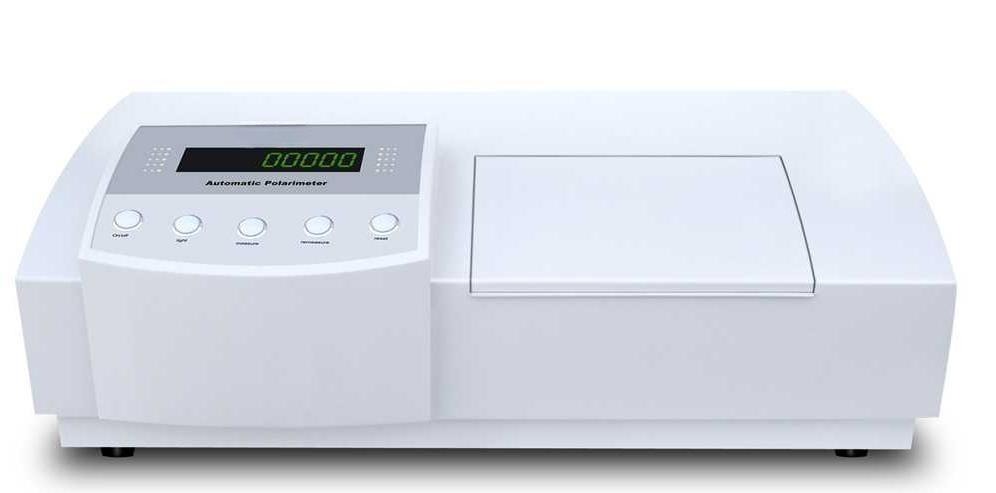
6. Digital Signal Processing (DSP)
- Real-Time Data Filtering: DSP algorithms enhance the signal-to-noise ratio by filtering out unwanted noise, leading to more accurate and reliable readings.
- Faster Data Acquisition: DSP technology enables real-time signal processing, improving the polarimeter’s response speed and allowing it to adjust dynamically to fluctuating conditions.
- Enhanced Signal Clarity: By processing raw data into refined results, digital polarimeters enhances the clarity and accuracy of optical rotation measurements.
7. Optical Compensation Mechanisms
- Correcting Polarization Drift: Faraday compensators and other compensation mechanisms ensure that polarization stays stable during measurement, improving precision.
- Real-Time Adjustments: Compensation systems detect and correct deviations in real-time, ensuring optimal alignment of optical components and accurate results.
- Improved Stability: These systems ensure that measurements remain accurate over time, even when environmental conditions change.
8. Machine Learning and Artificial Intelligence (AI)
- Predictive Maintenance: AI algorithms can predict when components will need servicing or recalibration, reducing unexpected downtime and ensuring continuous precision.
- Adaptive Control Systems: Machine learning models can optimize polarimeter responses based on historical data and real-time inputs, continuously improving precision.
- Improved Efficiency: AI and machine learning reduce the need for frequent manual intervention, enhancing the overall efficiency of polarimetric measurements.
9. Digital Twin Technology
- Virtual Simulation: Digital twin technology creates a virtual replica of the polarimeter, allowing users to simulate different conditions and optimize performance before physical implementation.
- Predictive Adjustments: By simulating potential measurement conditions, digital twins help identify and adjust factors that could affect precision, leading to improved accuracy in real-world applications.
10. Enhanced Optical Components
- Precision Lenses and Prisms: High-quality lenses and prisms in polarimeters reduce optical distortions and aberrations, improving the accuracy of light transmission through the sample.
- Anti-Reflective Coatings: Optical components with anti-reflective coatings minimize light loss and reflection, ensuring that more light reaches the detector for precise measurements.
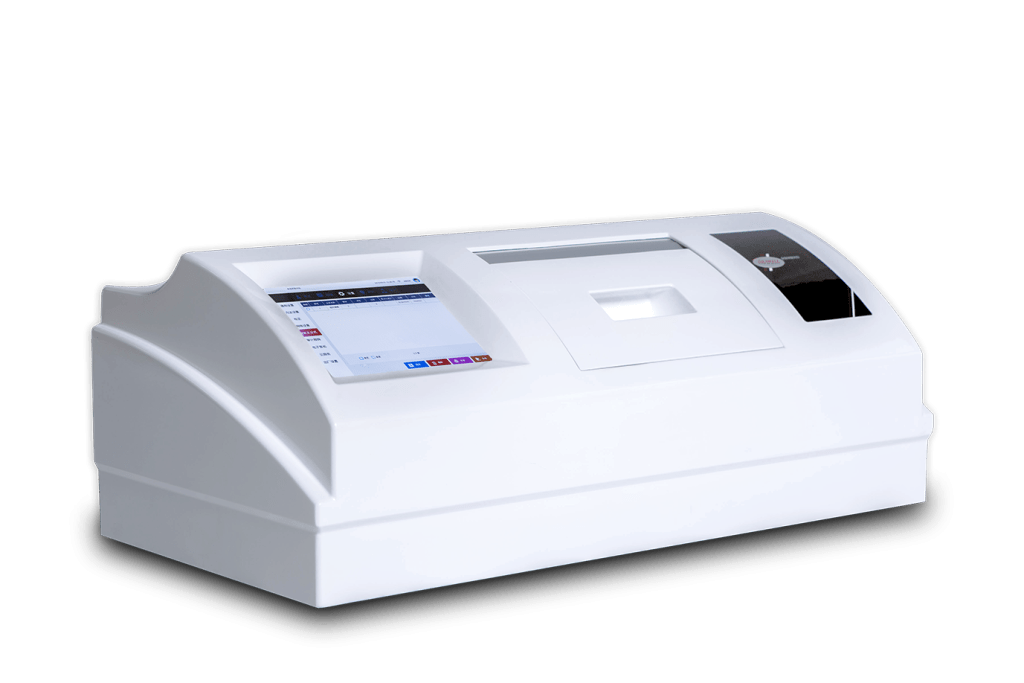
Overall, enhanced optical precision in polarimeters is achieved through a combination of high-quality optical components, advanced technologies and automated technology. From precision light sources and polarizing filters to digital signal processing and AI-driven innovations, modern automatic polarimeters provide unprecedented levels of accuracy and reliability in measuring optical rotation in various industries.

